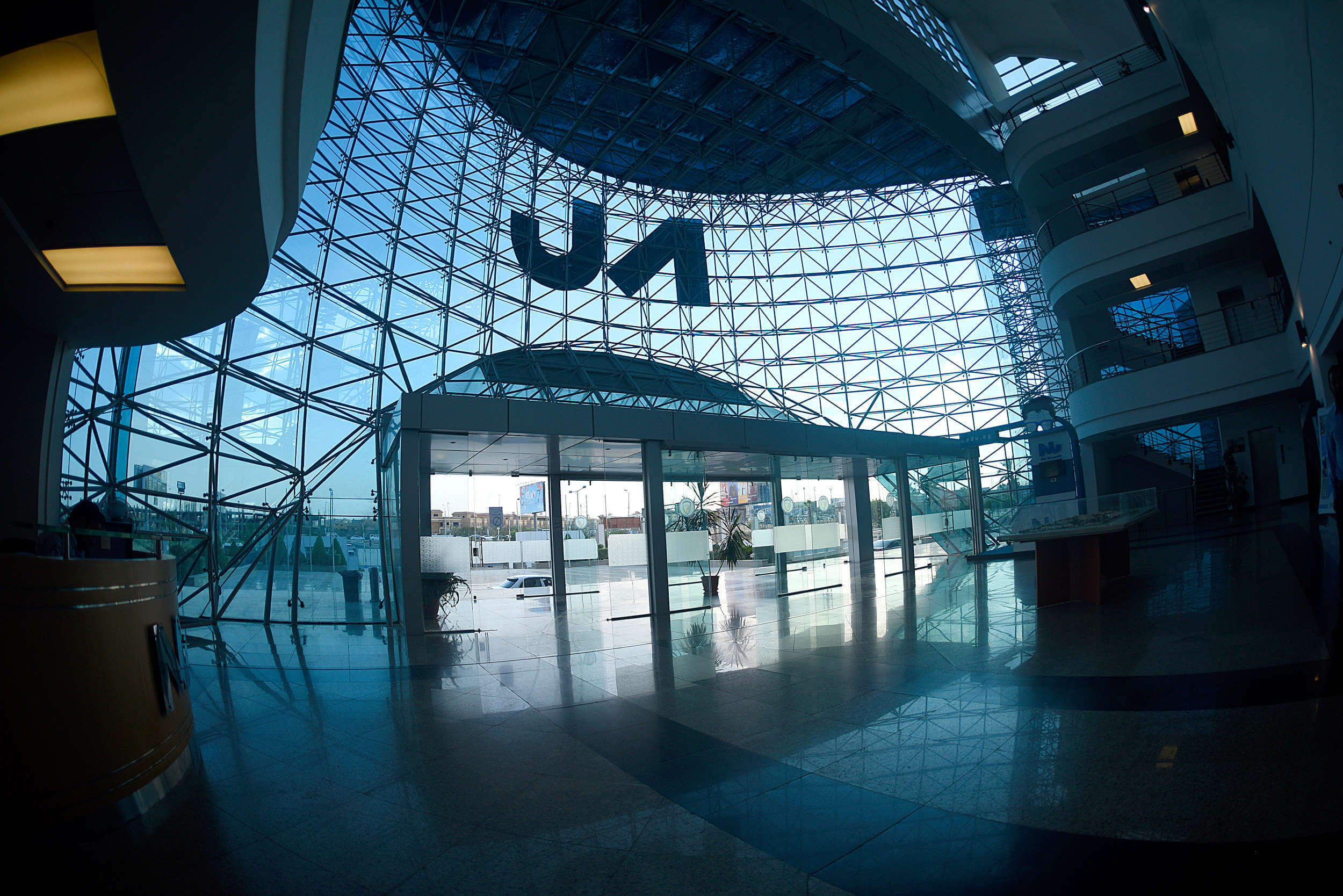Courses
Advanced Design Process
The aim of this course is to improve the students’ capabilities in innovative design thinking and methods integrating the diverse theoretical basis as well as building bridges with future users of places. The course aims to develop the students’ analytical and synthesising skills improving their ability to process knowledge, explore concept formulation and the quest for organising principles. It
ARUD 212
Basis for Design - Drawing / Modelling
The aim of this course is to approach to the basis needed for design, as the sense of proportion and relations, measuring, technical drawing and modelling and, at the same time, to awake a certain awareness, comprehension and sensibility of the surrounding built reality. The final aim is to promote and develop the capacity for critical observation and analysis, the capacity for synthesis and
ARUD 001
Building Information Modeling
The course is concerned specifically with the utilization of Building Information Modelling (BIM) technology. The aim of the course is to give students a practical, hands-on introduction to BIM and related computer-based techniques for the documentation and modelling of designed structures. The course will be focusing on the processes involved in developing a full 3D design object model, not for
ARUD 363
Building Performance Computing
Building Performance Computing provides an introduction to computational methods and applications for building performance assessment. This course introduces thermal and visual modelling fundamentals of building performance simulation. Topics include: modeling and design, overview of thermal and visual simulation methods, introduction to the application of computational building simulation tools
ARUD 344
Building Physics I
This course introduces the fundamentals of thermal aspects of building performance. Topics include: Introduction to the fundamental of building physics, heat and mass transfer in buildings, thermal comfort, energy performance of buildings, determination of heating and cooling loads of buildings, solar controls and shadings, thermal optimization of buildings, energy-efficient and sustainable
ARUD 141
Building Physics II
This course introduces the scientific foundations of building acoustics, room acoustics, daylighting and illuminating engineering. Topics in visual aspects include: introduction to visual perception, physics of light, daylighting, electrical lighting fundamentals, lighting design. Topics in acoustical aspects include: introduction to acoustical perception, physics of acoustics, building acoustics
ARUD 242
Building Systems Integration
This course introduces the fundamentals of buildings´ technical systems including HVAC systems, electrical systems, water and sewage systems, as well as fire safety. Topics include: Fundamental overview on HVAC systems (heating, ventilation, air-conditioning), water and wastewater infrastructure, electric installations, basics of fire safety (fire alarm systems, sprinkler systems, fire smoke
ARUD 243
Building Types
The aim of this course is to enable students to design buildings and spaces with special functions such as hotels, hospitals, schools, factories and to learn about the special considerations and design criteria and principles that apply to these special facilities. The course builds upon the students’ knowledge and awareness of special user groups such as children, the handicap and the elderly. It
ARUD 223
Const. doc BOQ Tender Doc - Site Supervision /Project Management
The course is subdivided into two categories; Const. doc BOQ Tender Doc. specifically concerned with producing the project unpriced Bill of Quantity for the Architecture and ID works only in all project phases (schematic through tender submission). Perform a Cost Estimate Process for the works of Electrical (Power, Conveying, and Communication & Security System), HVAC, Mechanical, Architectural
ARUD 457
Construction I
The aim of this course is to explore the basic requirements that arise from the function of providing shelter (comfort); and those that arise from combining diverse elements and/or materials in a single system. The student will get to know the different strategies to satisfy those requirements: from the conceptual principle to the constructive solution. Course content covers: vocabulary; building
ARUD 151
Construction II
The aim of this course is to explore the basic construction techniques for erecting structures and the related materials to each technique. The techniques are: masonry, rammed, casting, assembling. The related material: ceramics -brick–, earth, concrete, and wood (including their life-cycle assessment). This approach to the techniques and materials studied through its application to basic
ARUD 253
Construction III
The aim of this course is addressing the constructions systems for closing the building: non-load bearing facades and roofs. Contemporary techniques and related materials. Facades; conventional, ETICS, claddings, rain screen, panel, curtain wall, openings and their filters. Roofs; flat roofs- watertight membranes, pitched roofs-tiles, low slope roofs- metal sheets. For all of them (facades and
ARUD 355
Design Studio I
Main topic: Site and Basic Program Arch - Following the design thinking process from inquiry to formulating a basic architecture program for a building or structure design, this studio aims at exploring the synergy of form and function, the integration of diverse structural and construction systems to be implemented in specific sites, the understanding of the logic of topography, geometry, and
ARUD 101
Design Studio II
Main topic: Public Realm Settings and Street Design Arch - Within the urban framework, the space for an open collective program (markets, meeting points, transportation nodes…) is designed through the definition of a coherent technical and structural logic that translates systems of activity settings into integrated functional opportunities applying rules of geometry and proportion, structural and
ARUD 102
Design Studio III
Main topic: Home and Neighbourhood Design Arch - Drawing upon people-centred courses on dwelling and the meaning of home - considering social, psychological and cultural aspects in design and variation in user needs by age, sex and ability. This studio focuses on housing typologies, aggregation mechanisms and models of clustering. It explores layout guidelines: combinations, measurements, depths
ARUD 203
Design Studio IV
Main topic: Medium Size Public Facilities and Collective Space Arch - Drawing from people-centred courses on special building types and considering social, psychological and cultural user-need variables of different user groups to design medium sized facilities such as schools, health centres and libraries are designed enhancing relation between function in its broadened definition, gradients of
ARUD 204

